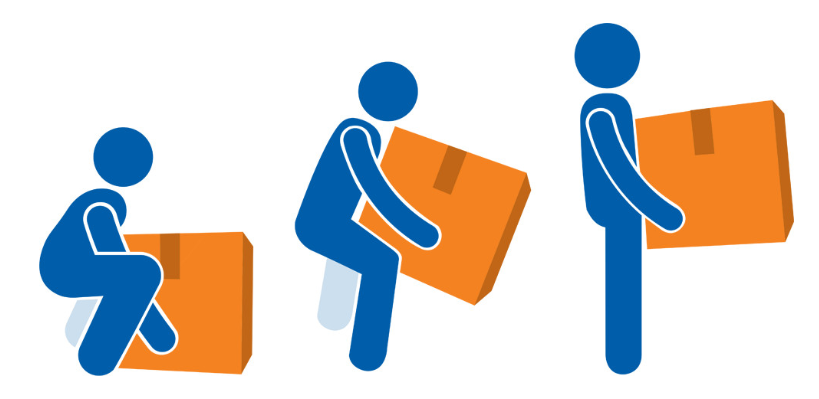You don’t need numbers to know that radio communication saves lives.
Think of how vital radio communication is to the ship that’s sending out a distress call, or for the airplane experiencing technical issues, or for the first responders to a natural disaster. Or, what about people working in isolation in high-risk work environments, like corrections personnel, or a team of backcountry firefighters? A functional radio communications system can mean the difference between life and death. When time is of the essence and someone needs immediate medical attention, a radio carries the promise of a better outcome, so it is important to understand how they work and what they can and cannot do, and what rules govern the use of these systems.
Many companies with larger industrial operations, or open work sites where workers may not be visible at all times, employ a radio communications systems to facilitate work and working safely. Radio communications systems operate under license from the Federal Communications Commission (FCC), the agency that regulates the allocation and use of the electromagnetic frequency spectrum in the United States—they control the airwaves. Licensed employers, not operators, are fully responsible for the actions of personnel who operate radio systems. Because the FCC holds the licensed employer responsible for all operator actions, workers must comply with all of the organization’s rules and operating procedures.
Employers are responsible for the proper functioning and operation of radio systems. Generally, there is a system operator on duty with authority for the operation and use of the organization’s radio system, who is assigned to monitor the organization’s own compliance with FCC regulations. All individual radio operators have the responsibility to know and to follow the “rules and regulations” governing the use and misuse of all radio equipment. Each radio operator is also responsible for the prevention of any damage to the organization’s radios or radio equipment in any licensed installation.
Acceptable radio traffic is restricted to communication essential to each organization’s business. Permitted message content includes information such as station, caller, and recipient identification, requests, instructions, reports, new job assignments, reporting clear from an assignment with a brief description of work done, current location, or requests for additional materials needed to complete the work in progress. Mobile units reporting in or out of service and specific and authorized radio system tests are also permitted.
In contrast to permitted messages which contain essential company business, the FCC has identified message content that is not permitted.
Message Content Not Permitted
- Contrary to federal, state, or local law
- Unnecessary, unidentified, or superfluous
- Obscene, indecent, or profane
- Music, whistling, or entertainment
- Not in English or approved code words
- Personal (except for family emergencies)
Every radio transmission is required by FCC rules to be identified. Call signs are used to fulfill this requirement. Organizations will have official FCC system call signs. Generally, radio operators use the vehicle number, portable radio number, or base station location, as applicable, to identify themselves.
Steps in Sending a Message
- Listen before transmitting to avoid interrupting another call
- Use the base station or mobile number assigned to you for identification
- Say the word “to”
- State the identification number of the station you are calling
- State the channel you are calling on
If the message is not answered:
- Call again
- Check your radio settings for proper channel and receive volume
- Move one or two vehicle lengths (if transmitting from a vehicle) before transmitting again
After stating personal identification, the identification of the unit being called, and the channel being used, workers still need to know what they are going to say before keying the microphone; encourage them to write it down if necessary. This will keep messages brief and avoid unnecessary repetition.
Here are some basic best practices for operating most radio systems. Hold the transmit key for one second before talking to avoid clipping the beginning of messages. Hold the microphone about 6 inches from the mouth. Speak slowly and clearly in a normal tone of voice. Don’t tie up the channel for extensive periods with long continuous messages.
Answering a Call
- Respond with your assigned identification
- Do not use your name, employee number, or other codes
- State your identification once, “to” and the identification you are answering if more than one station is calling
- If clarification is needed, the message may be repeated













Reviews
There are no reviews yet.